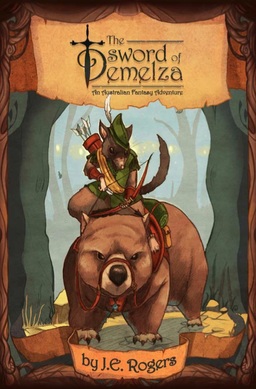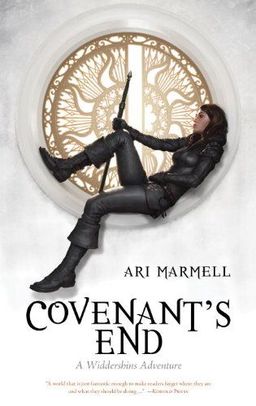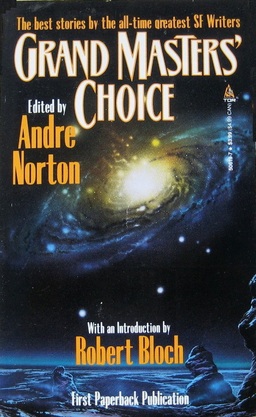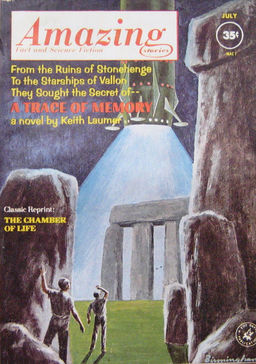The End of the Story: Sorceress of the Witch World by Andre Norton
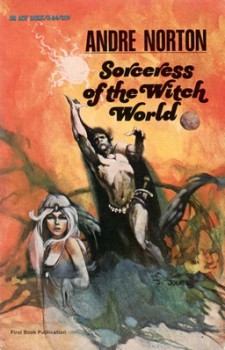 Andre Norton’s Sorceress of the Witch World (1968) completes the trilogy begun with Three Against the Witch World and continued in Warlock of the Witch World. (Follow the links to read my reviews here on Black Gate). The trilogy itself is a continuation of Norton’s Witch World saga begun in Witch World and followed with Web of the Witch World.
Andre Norton’s Sorceress of the Witch World (1968) completes the trilogy begun with Three Against the Witch World and continued in Warlock of the Witch World. (Follow the links to read my reviews here on Black Gate). The trilogy itself is a continuation of Norton’s Witch World saga begun in Witch World and followed with Web of the Witch World.
The heroes of the first two novels, Simon Tregarth and his wife Jaelithe, mysteriously disappear at the beginning of the trilogy. Their triplets, born between Web of the Witch World and this trilogy, are searching for them. Each volume tells the adventures of one of the siblings, Kyllan, Kemoc, and Kaththea.
In Three, brothers Kyllan and Kemoc rescue their sister Kaththea from her forced induction into the ranks of the Witches and escape into the magically hidden eastern land, Escore. In addition, the warrior Kyllan’s talents are put to the test against a growing horde of vile enemies. In Warlock, the scholarly Kemoc travels across dimensions to rescue his sister from her evil suitor.
You can probably tell from the title that Kaththea herself takes center stage in Sorceress of the Witch World. For reasons related to her situation in the previous book, Kaththea is spiritually damaged. Sadly, for the reader that damage seems to have rendered her a little boring also. She narrates the entire story in a dull voice that distances the reader from the action.
At the end of Warlock, Kaththea lost most of her magical abilities. Now, fearing that stripped of her defenses she is vulnerable to control by the powers of Shadow, she decides she must return to the West and seek guidance from the very same Witches from whom she once fled.
While trying to cross the mountains back into the West Kaththea’s party is caught in an avalanche. She is taken prisoner by a hunter from the Inuit-like nomads, the Vupsall. She manages to escape from the tribe during a bloody attack on their camp by raiders. Armed with magical knowledge gleaned from the possessions of the tribe’s wise woman, she makes for a great ruined city nearby. Hoping to escape the forces of Shadow she still fears, she enters an old dimensional gate. She doesn’t know what lay on the other side, only hoping it will be some sort of sanctuary. What she encounters are tremendous dangers in an utterly alien world.

